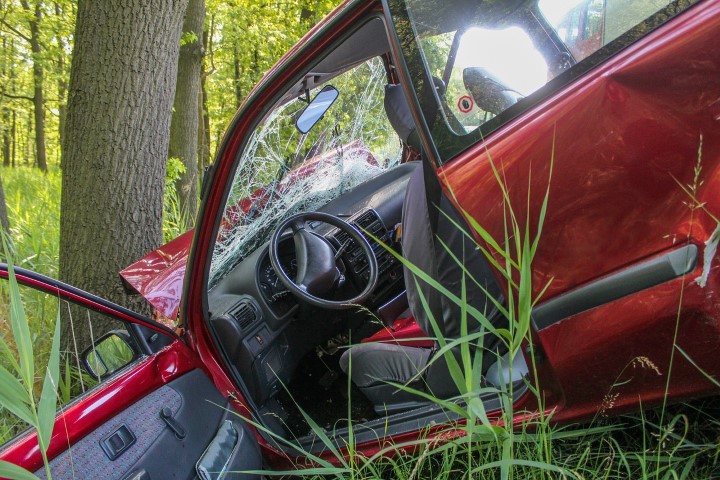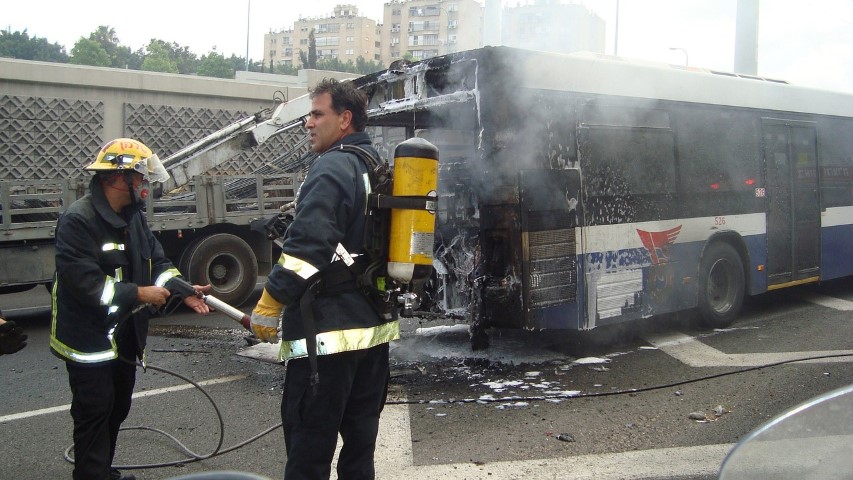 Road accidents in California From fender benders to more serious collisions, knowing what to do in the aftermath of different types of road accidents is crucial. In this guide, we’ll dive into the various scenarios you might encounter, and provide you with a simple playbook to handle each situation. So buckle up and let’s get started!
Road accidents in California From fender benders to more serious collisions, knowing what to do in the aftermath of different types of road accidents is crucial. In this guide, we’ll dive into the various scenarios you might encounter, and provide you with a simple playbook to handle each situation. So buckle up and let’s get started!
Rear-End Collisions
Picture this: you’re cruising down the Pacific Coast Highway, enjoying the stunning ocean views, when suddenly the car in front of you slams on its brakes. Rear-end collisions are all too common, and they usually occur when the driver behind fails to maintain a safe following distance. If you find yourself in this situation:
Check for Injuries: First things first, check yourself and your passengers for injuries. If anyone is hurt, call 911 immediately and wait for medical assistance.
Move to Safety: If the accident is minor and there are no injuries, safely move your vehicles to the side of the road to avoid obstructing traffic. Turn on your hazard lights to alert other drivers.
Exchange Information: Even in minor accidents, it’s important to exchange information with the other driver. Get their name, contact details, insurance information, and license plate number. This step is crucial, especially if you’re looking to make a claim through the best cheap car insurance in California. Having accurate information ensures that the process goes smoothly, helping you resolve claims quickly and efficiently.
Bus Road Accidents in California
California’s bustling cities and tourist destinations often see a myriad of buses navigating the streets. Whether it’s a city bus, a school bus, or a tour bus, sharing the road with these behemoths requires extra caution. Here’s what to do if you’re involved in a bus accident:
Check for Injuries: As always, check for injuries first. Buses are larger and heavier, so the impact can be more severe. Call for medical help if needed.
Document the Scene: Take photos of the accident scene, including the bus, your vehicle, and any damages. These photos can be valuable for insurance claims or legal matters.
Get Driver Information: Just like in any other accident, gather the bus driver’s information, including their name, contact details, and the bus’s identification number.
Witnesses Matter: Bystanders can provide crucial information about how the accident occurred. If there are witnesses, ask for their contact information in case it’s needed later.
T-Bone Collisions
You’re cruising through Los Angeles, and as you approach an intersection with a green light, another car speeds through their red light and crashes into your side. T-bone collisions, also known as side-impact collisions, can be particularly dangerous due to the direct impact on the side of your vehicle. Here’s your action plan:
Priority: Safety: Check for injuries and call 911 if necessary. If you can, move your vehicle to a safe spot to avoid causing further accidents.
Gather Evidence: Take photos of the accident scene, paying special attention to the position of the vehicles and traffic signals. This information can be crucial when determining fault.
Exchange Information: As always, exchange information with the other driver. Additionally, note down the road conditions, weather, and any traffic signals that might have been involved.
Contact the Police: In many cases, especially when there are significant damages or injuries, it’s a good idea to involve the police. They can create an official report, which might be necessary for insurance claims.
Hit and Run Incidents
You’re parked by the beach, enjoying the sunset, and when you return to your car, you notice a nasty dent and paint from another car. Hit and run accidents are frustrating, but here’s what to do:
Act Quickly: If you discover the damage while the perpetrator might still be around, try to get a description of the car, its license plate number, and any other identifying details.
Document the Scene: Take photos of your vehicle from various angles to capture the extent of the damage. This can be helpful for insurance claims.
File a Police Report: Report the hit and run to the police as soon as possible. They can create an official report that might aid in tracking down the responsible party.
Contact Your Insurance: Depending on your policy, your insurance might cover the repairs under the uninsured motorist coverage. Contact them to initiate the claims process.
Single-Vehicle Road Accidents in California
Driving through the scenic countryside, you hit a patch of gravel, lose control, and end up in a ditch. Single-vehicle accidents can be tricky to handle, but here’s your guide:
Safety First: Check yourself for injuries and call for medical help if needed. If your vehicle is obstructing traffic, try to move it to a safer location.
Gather Information: Take photos of the accident scene, including the road conditions and any factors that might have contributed to the accident, like debris or poor road signage.
Contact Your Insurance: Even in single-vehicle accidents, your insurance might cover the damages depending on your policy. Reach out to them to understand your options.
Report to Authorities: In some cases, especially if there’s significant property damage, it might be necessary to report the accident to local law enforcement.
Conclusion
Remember that, by staying calm, prioritizing safety, and following the steps outlined for each scenario, you’ll be better prepared to handle whatever the road throws your way. Remember, accidents happen, but your preparedness can make all the difference in ensuring a smoother journey on California’s beautiful roads. Stay safe out there!










